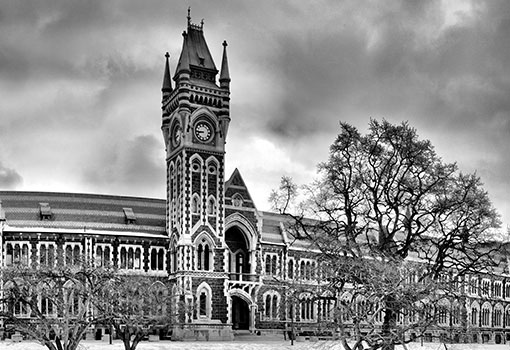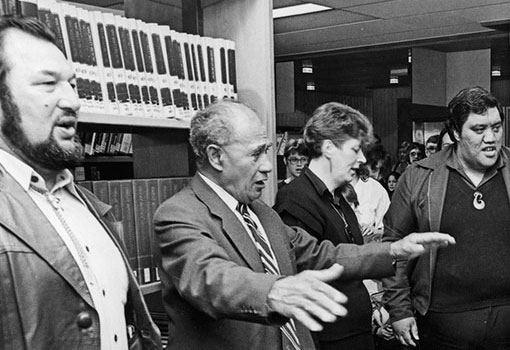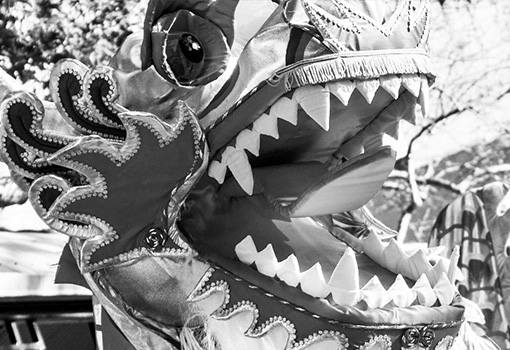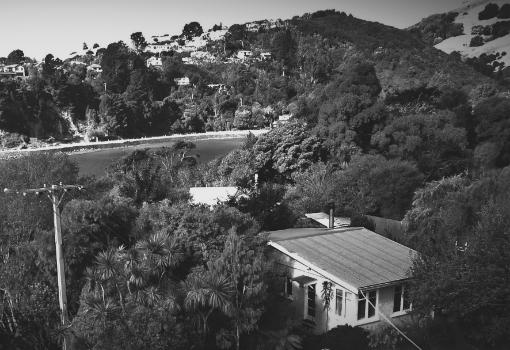
Knowing your Bowie
Posted: Tuesday May 19, 2020
A new book on David Bowie makes connections, writes Tom McKinlay.
David Jones, Major Tom, Ziggy Stardust, Aladdin Sane, Halloween Jack, Thomas Jerome Newton, the Plastic Soul Man, the Thin White Duke, and Jareth the Goblin King, says Dr Ian Chapman.
He is appropriately enough wearing a blue satin suit and tinted glass - Chapman that is - as he rattles off some of the monikers and alter egos inhabited by the late great David Bowie, in a YouTube video.
It was recorded in Dunedin City Library’s Dunningham Suite a couple of years back on the occasion of a Bowie-themed musical performance.
Because Dr Chapman, University of Otago senior lecturer in contemporary music and performing arts head of programme, is a Bowie tragic.
Not that there’s any tragedy involved. Bowie paid more metaphorical dividends in his storied career than Forsyth Barr ever did; hardly missing a quarter. Which is very well known.
Perhaps less well known, will be sections of Dr Chapman’s new book. It is, David Bowie FAQ: All That's Left to Know About Rock's Finest Actor.
It joins other titles in the FAQ series, including on Bob Marley and The Sound of Music.
On the phone from his Covid-19 relative isolation, Dr Chapman says the books in the series are designed to bridge the gap between academia and the general reader. So it’s all true but actually enjoyable to read.
‘‘It’s written for a popular audience, it’s written for fans but it is supposed to have that scholarly underpinning, that rigour,’’ he says.
It follows Dr Chapman’s other Bowie book, Experiencing David Bowie. A Listener's Companion.
‘‘There are so many aspects to David Bowie - thinking of academia just briefly - he appears in all sorts of areas of academia; like music and theatre and gender,’’ Dr Chapman says.
‘‘You name it, David Bowie will be taught in some way. This book is designed to bring all those threads together.
‘‘It is supposed to try to cover pretty much everything,’’ he says with what could be the chuckle of a man driven close to the edge by the enormity of a task.
‘‘Which is an impossible task,’’ he says, possibly paraphrasing his therapist. ‘‘But I did my best,’’ which could be an affirmation of some sort.
Among the things that are ‘‘left to know’’, as the title teases, are about Bowie’s knowledge of art, Dr Chapman says.
‘‘What a lot of people didn’t know is that he was (a) an active artist; he was a painter and a sculptor, so he did his own work, but also he was a huge art collector and had a fantastic knowledge of art. He has appeared on the boards of international art journals, he has written articles about artists. . .’’
When he died his estate sold a portion of his art collection, including works by Jean-Michel Basquiat and Damien Hirst, for $US41 million ($NZ68 million).
‘‘People were astounded by the depth and the breadth of that art collection,’’ Dr Chapman says.
It was a full life.
‘‘By his own admission, he was easily bored. He needed to feed his own curiosity and his own soul, if you like.’’
Each one of Bowie’s artistic endeavours fed off another, Dr Chapman says, and some common core values can be mapped through them all.
‘‘The things that he liked to write about, which was championing the outsiders of society and drawing together those people who feel marginalised and so forth, not only was that the central core of his music but that runs through all of the other endeavours that he did.’’
In his movies, for example, he’d always play the part of an outsider of some sort. And indeed he was interested in ‘‘outsider art’’, work by people on society’s margins.
‘‘Right through all of his artistic endeavours, not just his music, the championing of the outsider was the glue that held it all together. That was a revelation to me, to see how deeply that went.’’



